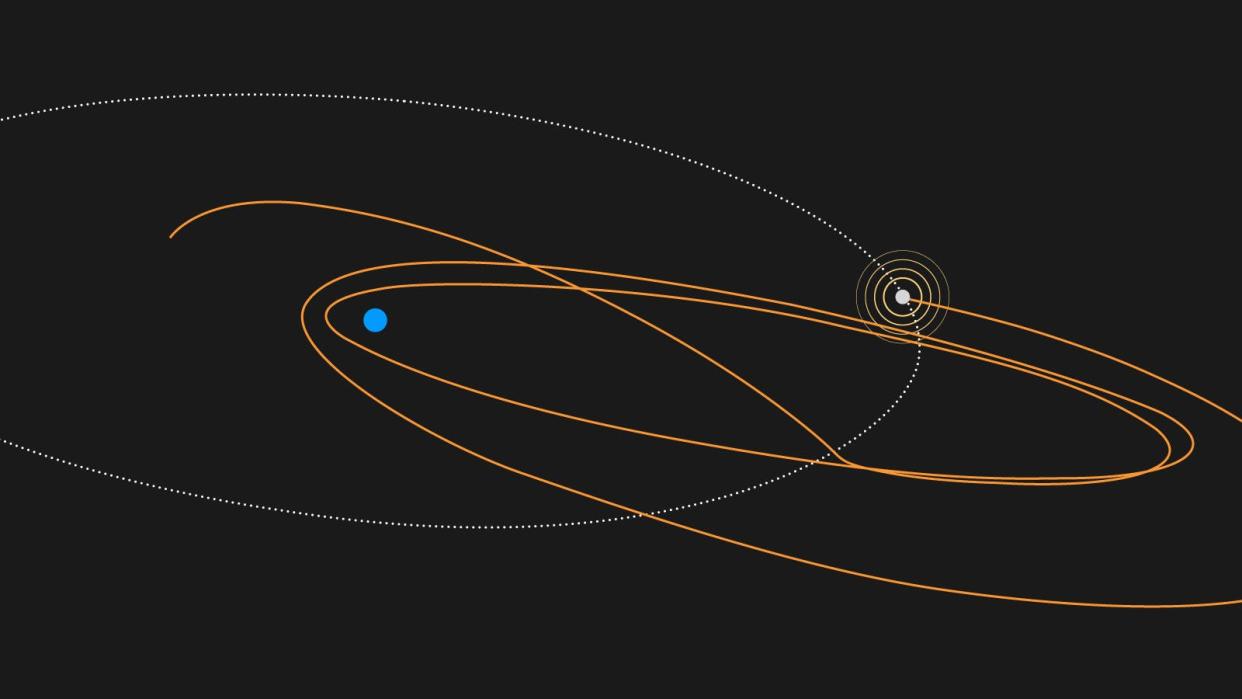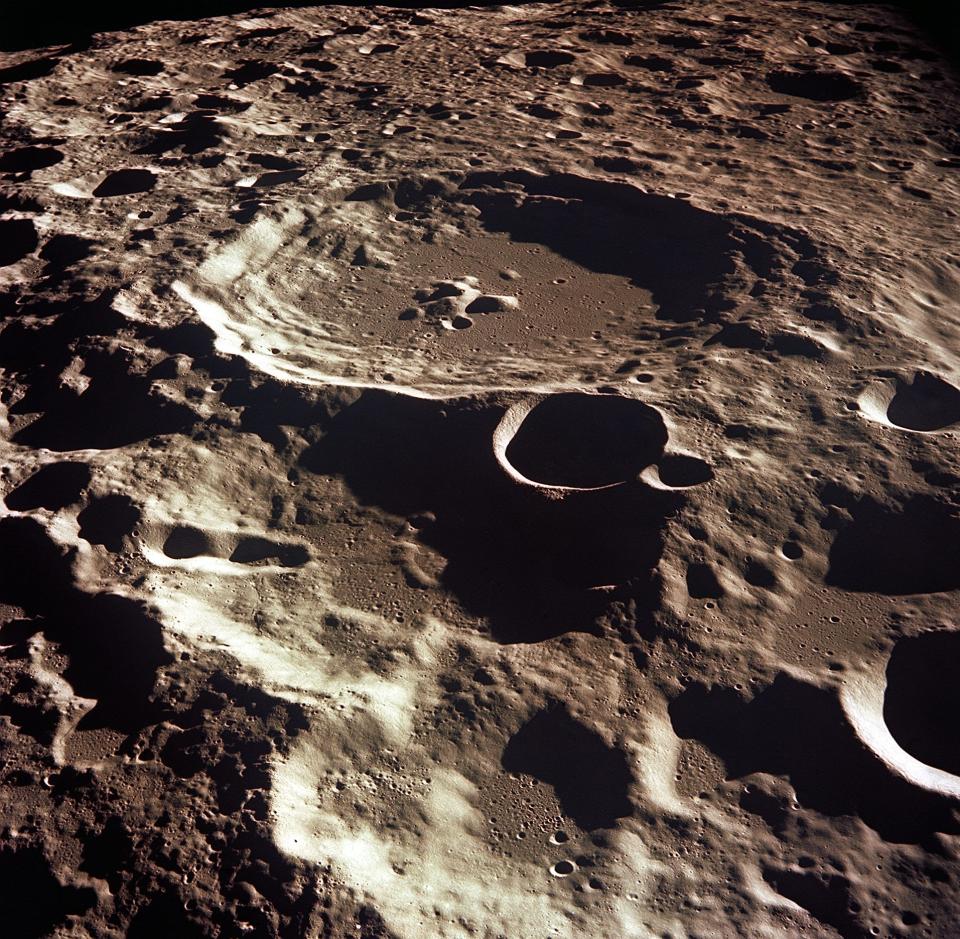Rocket to crash into the moon March 4. Will you be able to watch it? 🚀🌕

Astronomers have spotted a UFO in deep space. It’s not aliens, but most likely a rocket body of Earthly origin. But which rocket is it? How did it get there? And why is it going to hit the moon?
First spotted in 2015, astronomers thought the object might be a near-Earth asteroid, a natural chunk of rock or metal that occasionally strays closer to our planet. But further observations revealed it to be a discarded body of a rocket.
The mystery object was then largely forgotten until last month when an astronomer, Bill Gray, determined it was on a collision course with the moon. Gray calculated that the old rocket would slam into the lunar surface on March 4, 2022.
Which rocket is it?
There are tons of discarded rocket bodies in space and most of their pathways are known. Gray first assumed it was an expended SpaceX Falcon 9 rocket launched in 2015 that delivered a satellite into space, then didn't have enough fuel to return to Earth. But NASA engineer Jon Giorgoni discovered that the mystery rocket could not be from SpaceX.
So, what is it?
Now, astronomers believe the most likely culprit is a Chinese Long March 3C rocket, which launched the Chang’e-5 T1 spacecraft in 2014.
If true, the Long March 3C rocket body has been circling around the solar system for more than seven years. Slowly, it has been drawn into the moon's gravity and will crash into the far side of the moon at about 5,700 miles per hour.

Will we be able to watch the crash?
Unfortunately, since it will impact a side of the moon not visible from Earth, we won’t be able to observe the blast with backyard telescopes. Instead, astronomers hope to witness the fall using robotic crafts orbiting the moon. NASA's Lunar Reconnaissance Orbiter (LRO) and India's Chandrayaan 2 may be positioned to observe the impact site and, hopefully, the crash itself.
Although the moon’s surface is heavily cratered, it’s extremely rare to actually see anything hit the moon. Very few impacts have been photographed from Earth, but a recent survey of LRO images taken over time have revealed more than 200 new impact craters.
NASA’s Lunar Impact Monitoring program observes the darkened portions of the moon for flashes of light – tell-tale signs of an impacting meteorite that hit the lunar surface at 45,000-160,000 miles per hour.
How will this mystery object impact the moon? What size crater will it make? Tune in on March 4 to see the blast. Stay up to date at nasa.gov.
Dean Regas is the astronomer at the Cincinnati Observatory and author of the books "Facts From Space!" and "100 Things to See in the Night Sky." He can be reached at dean@cincinnatiobservatory.org
This article originally appeared on Cincinnati Enquirer: Rocket to hit moon not SpaceX but China Long March 3C, say astronomers

